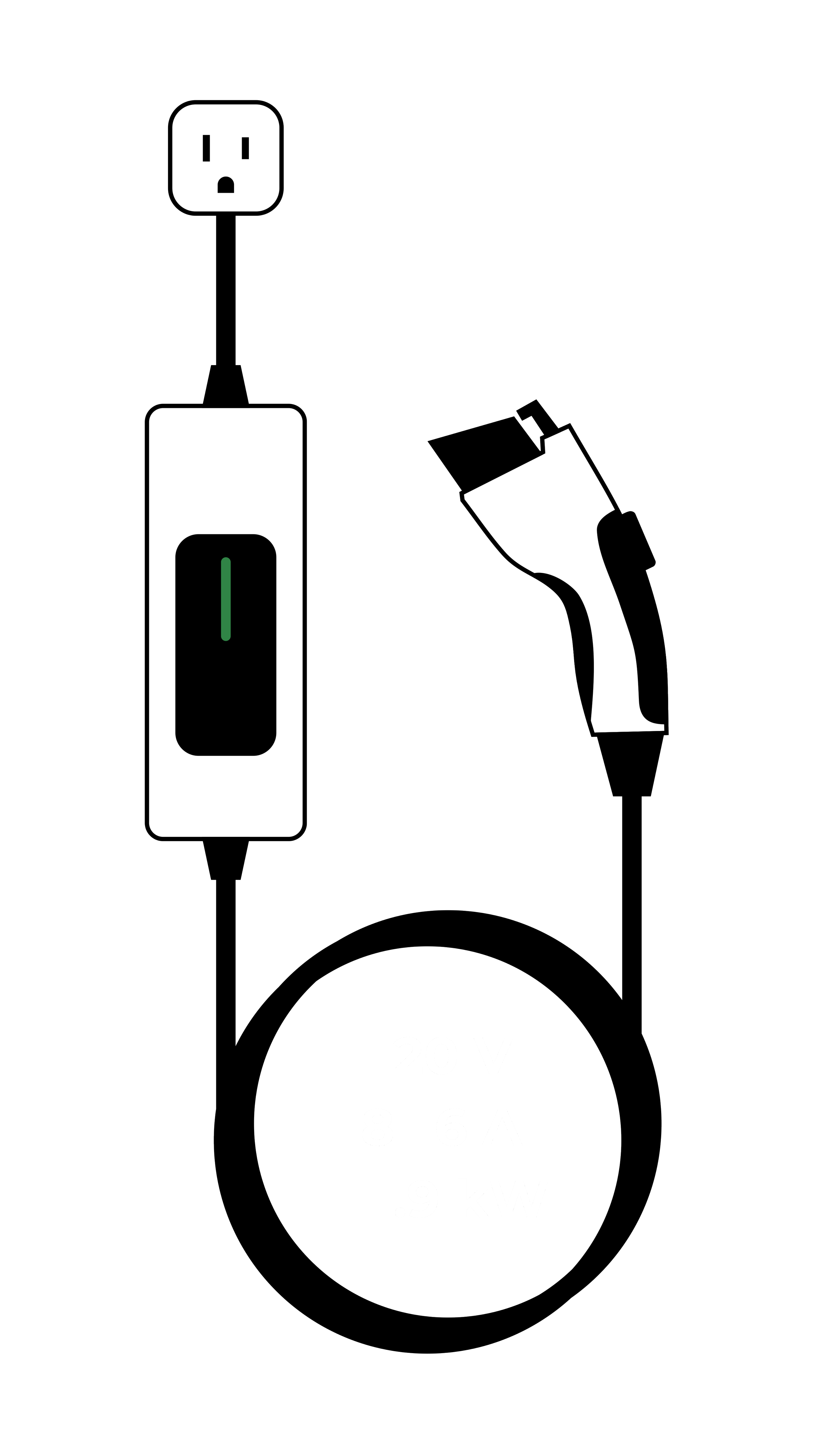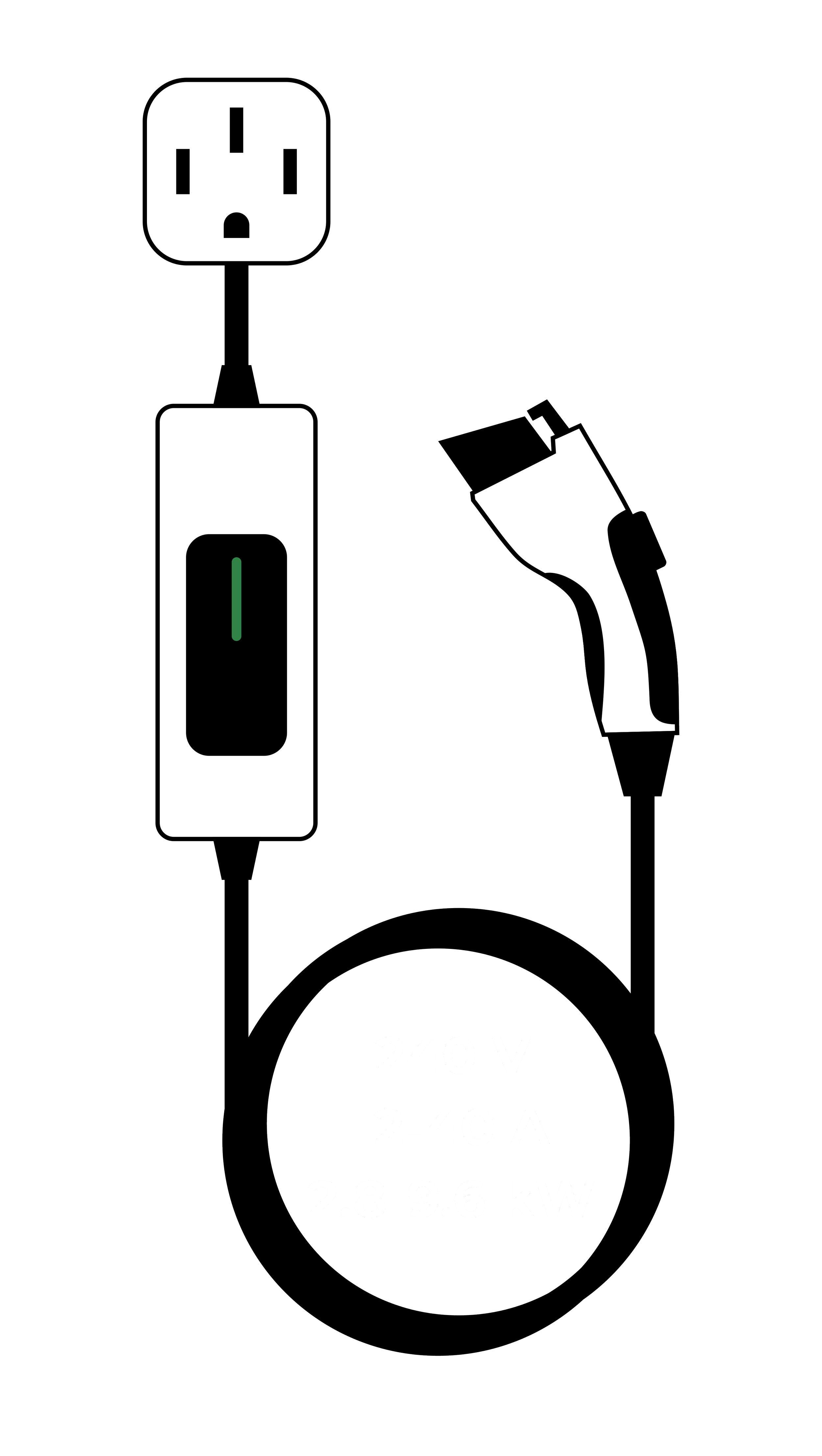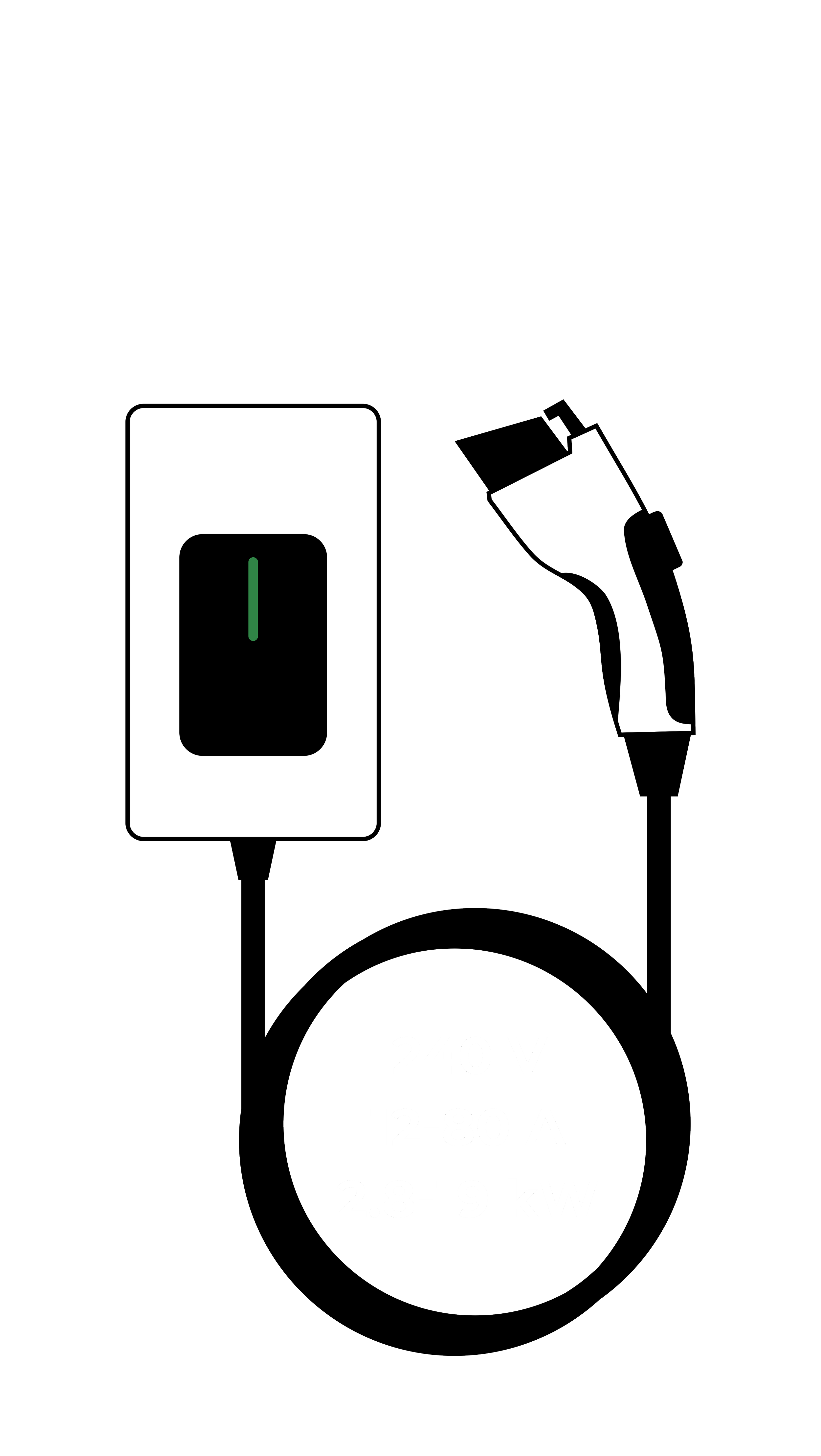How to Charge Your New EV
In 2022 it is commonly said that there is insufficient electric vehicle charging infrastructure. The truth is that far more EV charging infrastructure exists than combustion vehicle fueling infrastructure. The difference is in the nature of this infrastructure. Fueling stations are centralized locations where vehicles congregate to sip their dinosaur nectar. EVs on the other hand, can “fill up” anywhere there is an electric outlet, which in the developed world is virtually everywhere. You can charge from the same outlet you charge your phone, you can charge from a high-powered 240 Volt outlet in your garage, and you can charge from a dedicated EV power supply unit. Oh, and there are a few centralized high-powered DC fast chargers that operate on a centralized model similar to gas stations. Any EV owner will tell you the importance of the former charging options, with the fast chargers only used on road trips*. In other words, the most important EV charging infrastructure is the wires and outlets in your house and garage. With a bit of knowledge and planning, you can effectively use your home’s existing infrastructure to charge you new EV.
*This article will not cover why home charging is superior to DC fast charging as that is a story for another time.
There are three options for home EV charging:
Level 1 (120V) Outlet - This portable charger is standard EV equipment.
Level 2 (240V) Outlet - The manufacturer occasionally provides this portable charger and may combine it with the Level 1 unit. These chargers can also be purchased from a third party.
Level 2 (240V) Wall Unit - A dedicated electric vehicle power supply unit. These units are typically permanently mounted and hardwired into your home's wiring. They must be purchased separately from the EV.
To help break down the different charging options, a quick explanation of voltage, current, energy, and power is in order.
Voltage can be thought of as the electrical potential driving electrons into your car's battery. A higher voltage is like a higher sledding hill. The higher up the hill you start your run, the more gravitational energy is available. Similarly, a higher voltage equates to a greater force to push electrons into your car. Voltage is measured in Volts, abbreviated as V.
Current is a measure of the flow of energy into the battery. A simple analogy is the size of a stream or river. A small stream is like a small current where only a tiny amount of energy flows. A large river is like a large current where a lot of energy is being transferred. Current is measured in Amperes or Amps, which are abbreviated as A.
Energy can be thought of as a quantity of something used to perform an action. Gravitational potential energy allows an object to roll or fall downhill. Chemical energy stored in food (the Calories) runs our bodies. Electrical energy stored in a battery enables an EV to accelerate and maintain its speed over hundreds of miles. In the case of EVs and other electrical systems, the typical energy units are kilowatt-hours, abbreviated as kWh.
Power is the amount of energy transferred into or out of a system over a specific time. If a lot of energy is transferred or consumed quickly, the power will be high. An excellent example of high power is a Tesla Model S Plaid accelerating from 0 to 60mph in about 2 seconds. An incredibly high amount of energy is expended over 2 seconds to accelerate the 4,700-pound car. In the case of charging, power describes the rate that energy is shoved into the battery, in other words, the charging speed. Interestingly, power is defined as the product of voltage and current (Power = V x A). Increasing the charging voltage or current will decrease the required charging time.
It should also be noted that an alternating current (AC) EV "charger" is more correctly referred to as the electric vehicle supply equipment or EVSE. The AC battery charger is in the vehicle, and the EVSE simply supplies electricity to the car.
Level 1, 120V Outlet Charging
Every home is ready for the standard equipment Level 1 portable charger. If you have a 120V outlet near your parking spot, you are good to go. There are two 120V outlets you will find compatible with a Level 1 charger in the US.
The NEMA 5-15 outlet is the most common household outlet. 15 stands for the 15-amp circuit breaker used with these outlets. However, no circuit should draw more than 80% of its rated current continuously. In other words, a 15 amp circuit is only suitable for up to 12 amps of EV charging.
The NEMA 5-20 is a 20-amp household outlet typically found in garages and kitchens where high power devices are used. Any NEMA 5-15 plug will work with a 5-20 outlet, but NEMA 5-20 plugs will only work with a 5-20 outlet. Although a NEMA 5-20 outlet is suitable for 16 amps of charging, most Level 1 chargers are capped at 12 amps so they can be used in any 120V outlet.
Older homes will sometimes have NEMA 1-15 outlets. Ungrounded 1-15 outlets should never be adapted to a Level 1 charger.
A 12 amp 120V Level 1 portable charger will supply a maximum power of 1.4kW (12A x 120V) to your EV. 1.4 kWh of energy or 3 – 6 miles of range will be added per hour at this rate. If you only ever drive 40 miles or less per day, this charge rate should be sufficient for overnight charging.
Level 2, 240V Outlet Charging
Level 2 charging is where things get interesting. Many homes are equipped with outlets capable of Level 2 charging, but these outlets come in many different flavors. Household 240V outlets are used for clothes dryers, AC units, electric ranges and ovens, and high-powered tools (air compressors, welders, etc.).
The NEMA 6-15 and 6-20 outlets are the 240V equivalents of the 5-15 and 5-20. Edgewise terminals ensure 120V devices cannot be plugged into these similarly sized outlets. You may find the NEMA 6-series outlets used for AC units, some office equipment, and commercial ovens. Usable current is limited to 12 and 16 amps for the 6-15 and 6-20 respectively but doubling voltage doubles power. At 16 amps and 240V, maximum power is increased to 3.8 kW for the 6-20. This charge rate adds 3.8 kWh of energy, or 8 – 15 miles of range per hour. The 6-15 outlet adds slightly less energy per hour at 2.9 kWh or 6 – 12 miles of range.
Next are the most common 30-amp outlets; the NEMA 6-30, 10-30, and 14-30. The 6-30 is used by welders, air conditioners, and commercial kitchen equipment. The 10-30 is a deprecated ungrounded 3-prong outlet primarily used for clothes dryers. The four-wire 14-30 is required for new installations. Each of the 30A 240V outlets will charge up to 24 amps, equating to 5.8kW. You can expect 5.8 kWh or 12 – 23 miles of range per hour from these outlets.
The 15, 20, and 30-amp 240V outlets are excellent choices for EV charging. Still, these outlets will almost always require special adapters, and some Level 2 portable chargers do not work with all current levels. Consider a 32-amp portable charger with a fixed current setting. A critical function of the portable charger is letting the car know the maximum current that the vehicle can safely draw. If the maximum current cannot be limited in the car's settings, a vehicle connected to a 32-amp charger will pull 32-amps, tripping the breaker on any 30-amp circuit.
Some examples of fixed-current portable chargers are the 32-amp Clipper Creek AmazingE Fast or the Ford Mach-E's included 30-amp portable charger. The Mach-E's charger is interesting because it can charge at 12A 120V, but when plugged into 240V, it defaults to 30-amps, which requires at least a 40-amp circuit.
Fortunately, many Level 2 portable EVSEs can be derated, or their maximum current can be reduced to allow them to be used on 15, 20, or 30-amp circuits. The 32A Lectron, 32 or 40A Shell Recharge, and Tesla Mobile Connector adjust maximum current automatically or can be derated manually. The Tesla Mobile Connector is unique because the current is automatically adjusted based on the plug adapter used.
Finally, we get to the big boys of the EV charging outlets, the 50-amp outlets: the NEMA 6-50, 10-50, and 14-50.
The 6-50 is commonly used for ovens and welders and can often be found at RV parks and campgrounds. The NEMA 10-50 is an older outlet used for ranges and ovens. The 14-50 is the modern standard for electric stoves and EV charging. So much so that most portable Level 2 chargers come with a 14-50 plug. In fact, many wall-mounted EVSE come with a 14-50 plug. Most new EV owners who add a circuit for charging will add a 14-50 outlet to their garage, and for good reason. Not only can they use a portable charger up to 40 amps, but they can later add a 40 amp wall-mounted EVSE if desired.
Notably, a 50 amp outlet is required to charge at the maximum 32 amps of most portable Level 2 EVSEs. 32 amps provides a charge rate of 7.7 kW, which will typically add 15 – 31 miles of range per hour. This is more than enough speed for virtually all EV drivers who charge overnight, even those with the most demanding daily commutes. If your vehicle and EVSE support 40 amp charging, you can expect charge speeds of 9.6 kW or 19 – 38 miles per hour. 32 Amps was the upper limit for most 1st generation EV's, but newer models offer higher charge rates – up to a maximum of 80 amps for the Lucid Air.



















